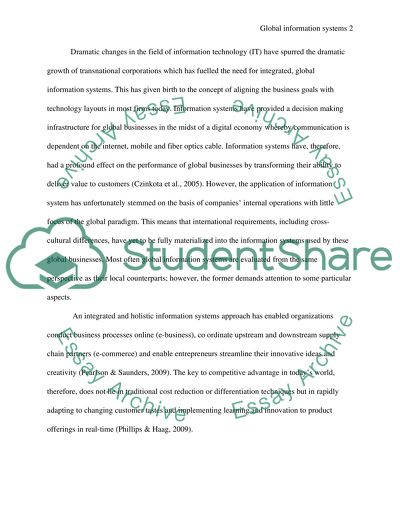Cite this document
(“Critically evaluate the strategic role of global information systems Essay”, n.d.)
Critically evaluate the strategic role of global information systems Essay. Retrieved from https://studentshare.org/information-technology/1470852-critically-evaluate-the-strategic-role-of-global
Critically evaluate the strategic role of global information systems Essay. Retrieved from https://studentshare.org/information-technology/1470852-critically-evaluate-the-strategic-role-of-global
(Critically Evaluate the Strategic Role of Global Information Systems Essay)
Critically Evaluate the Strategic Role of Global Information Systems Essay. https://studentshare.org/information-technology/1470852-critically-evaluate-the-strategic-role-of-global.
Critically Evaluate the Strategic Role of Global Information Systems Essay. https://studentshare.org/information-technology/1470852-critically-evaluate-the-strategic-role-of-global.
“Critically Evaluate the Strategic Role of Global Information Systems Essay”, n.d. https://studentshare.org/information-technology/1470852-critically-evaluate-the-strategic-role-of-global.


